The 1970s and 1980s in Britain were decades of culinary adventure, with some truly memorable (and sometimes questionable) food trends. From tinned curiosities to gelatinous monstrosities, these eras produced dishes that now make us wonder what we were thinking.
While some British classics from this time have stood the test of time, others have thankfully faded into obscurity. Join us on a nostalgic journey through 15 foods that were popular in 70s and 80s Britain, but which we’re mostly quite happy to leave in the past. Prepare for a trip down memory lane that might just make your taste buds wince!
Spam Fritters
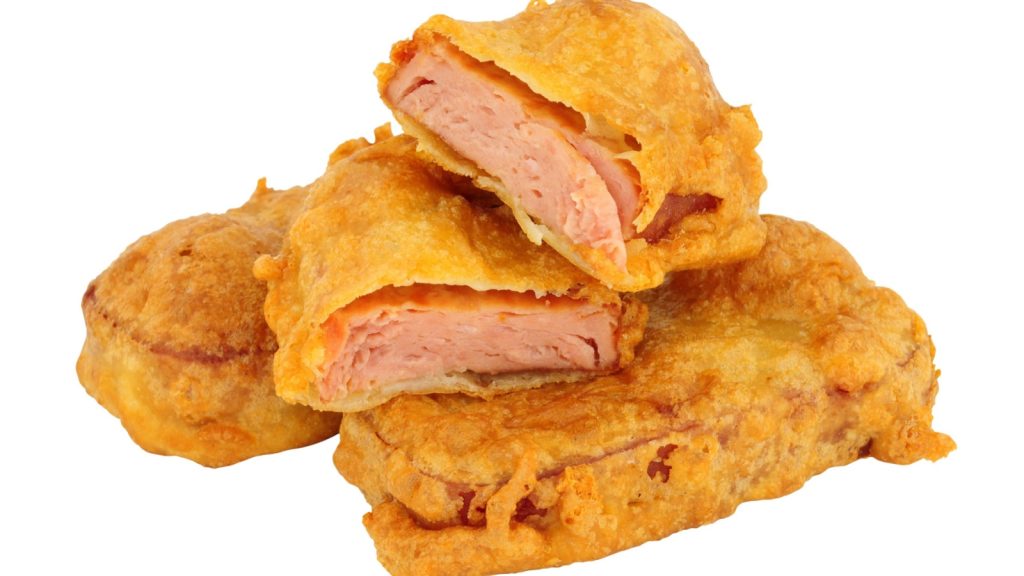
Spam fritters were a staple in many British households during the 70s and 80s. These deep-fried slices of canned meat were often served with chips and beans. While Spam is still around, the idea of coating it in batter and deep-frying it has thankfully fallen out of favor as we’ve become more health-conscious.
Arctic Roll
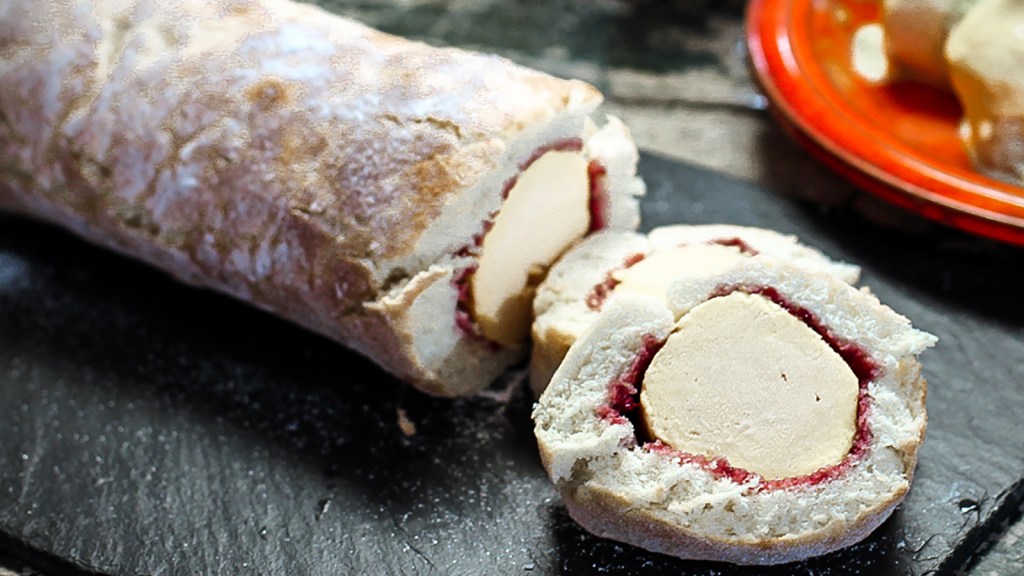
The Arctic Roll was a popular dessert consisting of vanilla ice cream wrapped in a thin layer of sponge cake with a coating of raspberry jam. It was a staple at children’s parties and family gatherings. While it may hold nostalgic value for some, most people now prefer less processed frozen desserts.
Prawn Cocktail
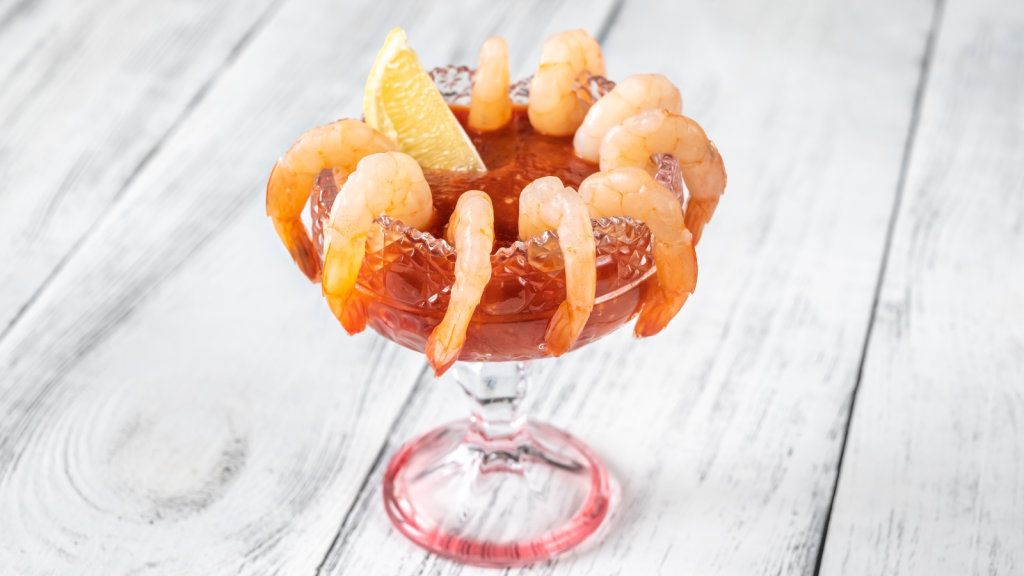
Prawn cocktail was the height of sophistication in 70s Britain. This starter consisted of small prawns in a sweet, tangy sauce, often served in a glass and garnished with a lemon wedge. While prawns are still popular, the idea of drowning them in a sugary sauce has largely fallen out of fashion. And hey, it may be retro, but I still love a good old fashioned prawn cocktail from time to time.
Angel Delight
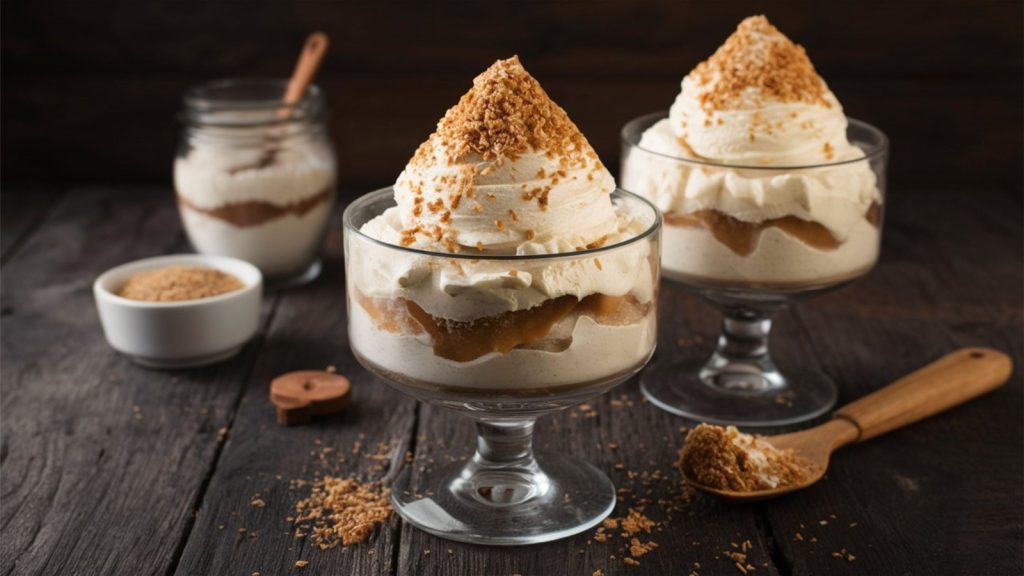
Angel Delight, a powdered dessert mix that magically transformed into a mousse-like treat when whisked with milk, was a hit with kids and adults alike. Available in flavors like butterscotch and strawberry, it was a quick and easy pudding option. Although it’s not as popular now, it’s still available. I tried some a while back as I had a nostalgic hankering. It was incredibly unpleasantly fake, and I really don’t know why I loved it when I was a kid.
Cheese Fondue

Cheese fondue had its moment in 70s Britain, with many households owning a fondue set. Guests would gather around to dip bread into a pot of melted cheese. While fondue has made something of a comeback, it’s no longer the must-have dinner party centerpiece it once was.
Sandwich Spread
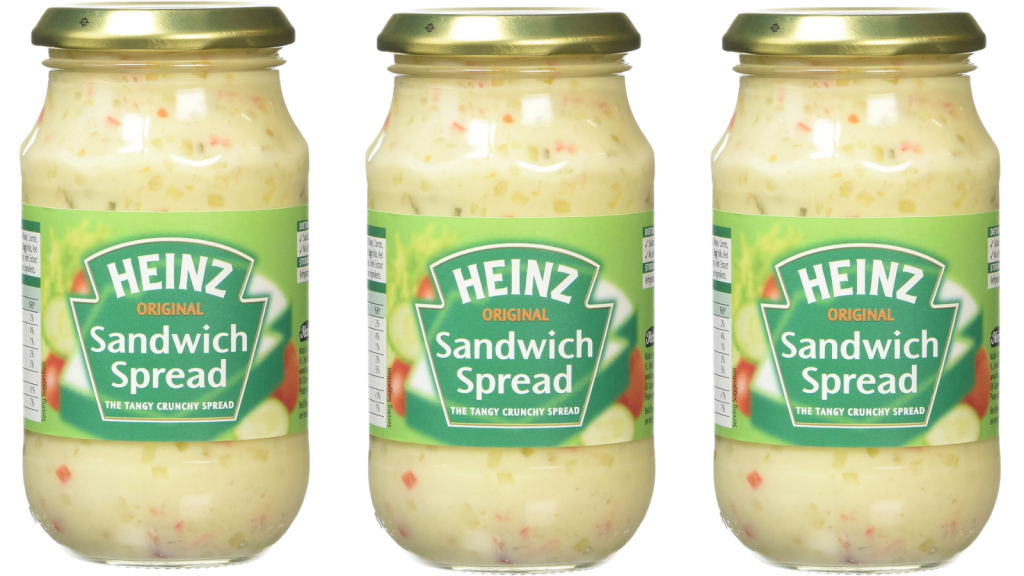
Sandwich Spread, a jarred condiment made from a mix of vegetables and mayonnaise, was a popular sandwich filler. It was meant to be a convenient way to add vegetables to your diet. However, as people have become more health-conscious, many now prefer to add fresh vegetables to their sandwiches.
Vol-au-vents
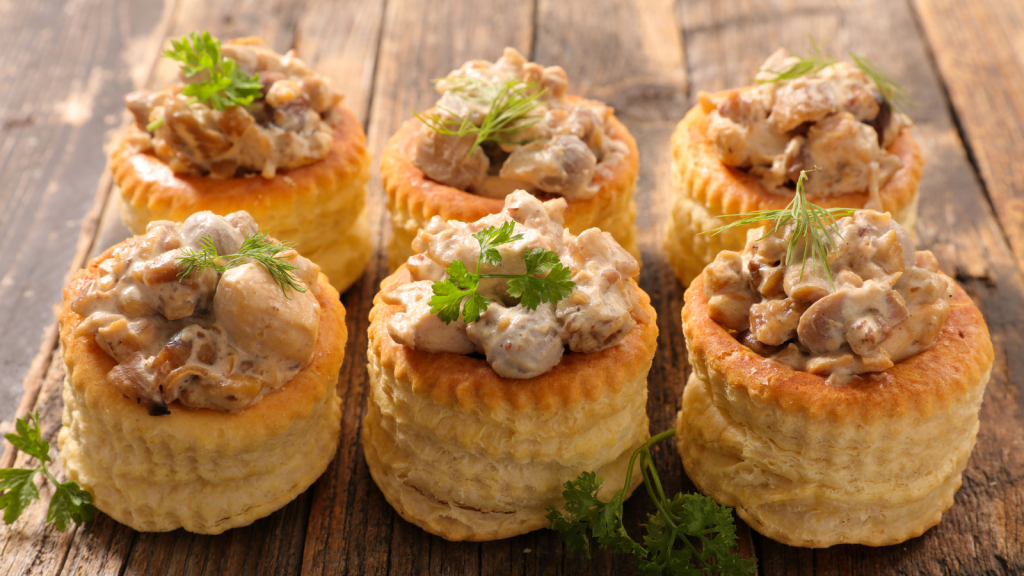
Vol-au-vents, small puff pastry cases filled with various savory ingredients, were a must-have at any 70s or 80s dinner party. Common fillings included creamed mushrooms or chicken in white sauce. While puff pastry is still popular, these fiddly appetizers have largely been replaced by simpler options. Vol-au-vents with prawn cocktail inside was the height of classiness in my family, only wheeled out for the big events.
Instant Mash
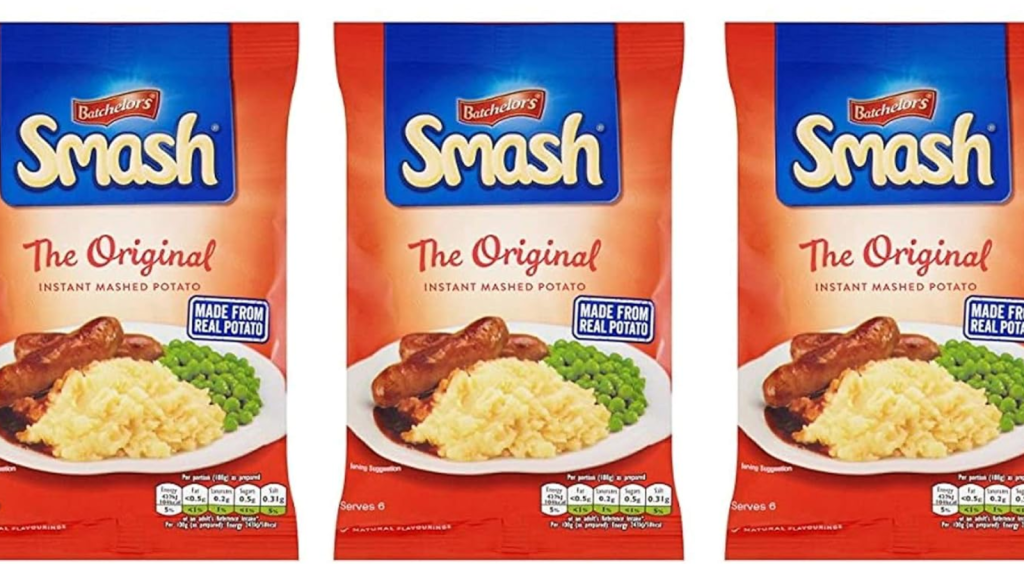
Instant mashed potatoes were seen as a modern convenience food in the 70s and 80s. Just add boiling water, and you had a side dish in seconds. However, as people have become more interested in cooking from scratch, real mashed potatoes have regained their rightful place on the dinner table.
Liver and Onions
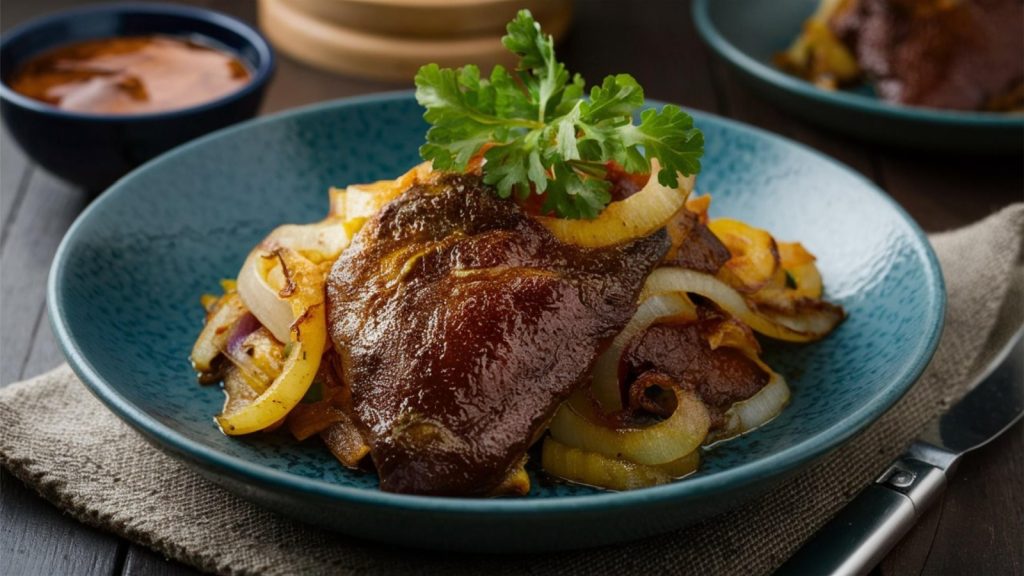
Liver and onions was a common meal in many British households, often served with mashed potatoes. While it was seen as a nutritious and economical dish, changing tastes and concerns about organ meats have made it much less popular today. It still makes an occasional appearance in my house, though.
Jellied Eels
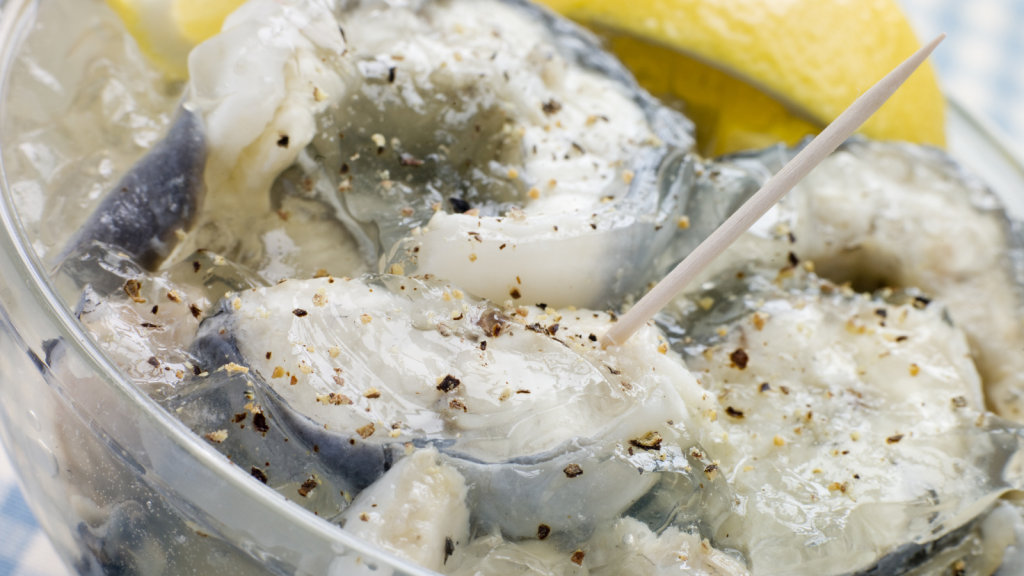
Jellied eels, a traditional London dish, remained popular in some parts of Britain through the 70s and 80s. The dish consists of chopped eels boiled in a spiced stock that cooled to form a jelly. While still available in some traditional shops, jellied eels have largely fallen out of favor with younger generations.
Beef Stroganoff
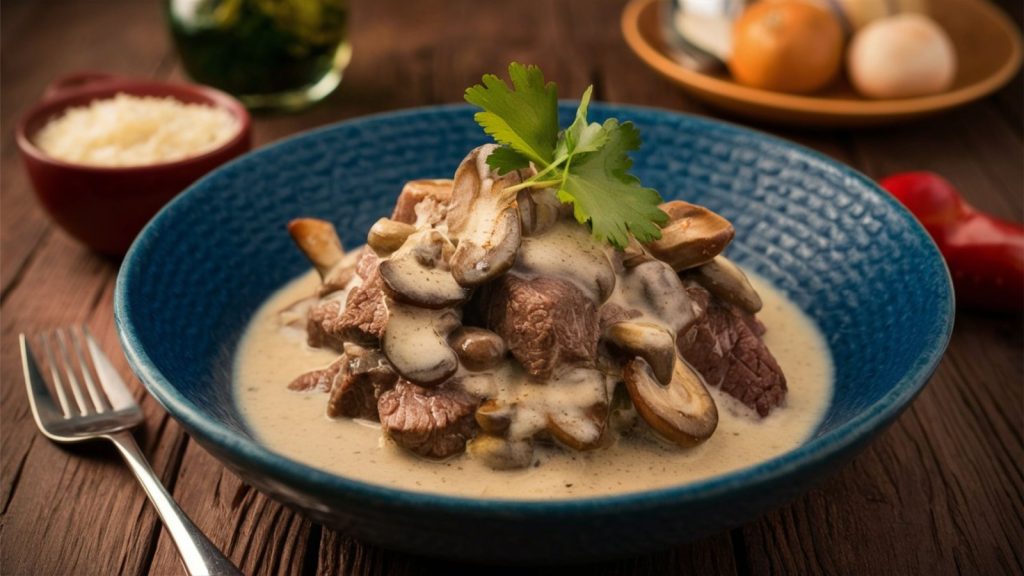
Beef Stroganoff became popular in Britain in the 70s as a ‘sophisticated’ dinner party dish. It typically consisted of strips of beef in a creamy mushroom and onion sauce, served with rice. While still enjoyed occasionally, it’s no longer seen as the height of culinary fashion.
Cheese and Pineapple on Sticks
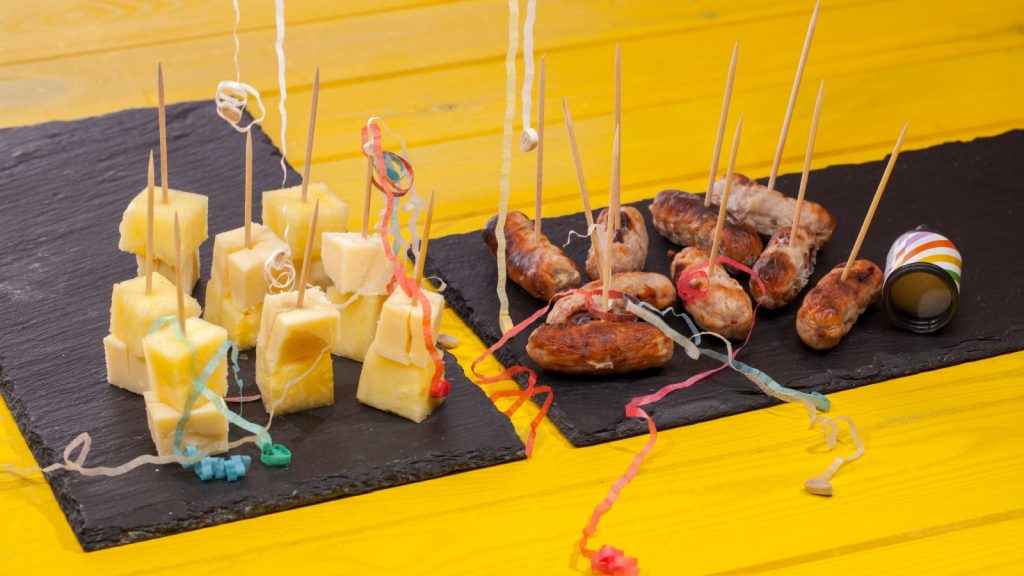
No 70s or 80s party was complete without a hedgehog-shaped piece of foil covered in cocktail sticks bearing cubes of cheese and pineapple. This retro appetizer was seen as the height of sophistication. Today, party snacks tend to be a bit more varied and less labor-intensive. Oh my goodness, I adored cheese and pineapple on sticks. As a kid, it felt like such a special, sophisticated treat. I was a weird kid who really liked to mix the cheese and pineapple on sticks with the cheese and mini pickled onions on sticks.
Coronation Chicken

Coronation Chicken, created for Queen Elizabeth II’s coronation in 1953, remained popular through the 70s and 80s. This cold chicken dish mixed with a curry-flavored mayonnaise sauce was a staple at buffets and picnics. While still available, its overly sweet and rich flavor has fallen out of favor with modern palates.
Deviled Eggs

Deviled eggs were a must-have at any 70s or 80s buffet or picnic. Hard-boiled eggs were halved and filled with a mixture of the yolk, mayonnaise, and spices. While still enjoyed occasionally, they’re no longer considered an essential party food.
Bubble and Squeak
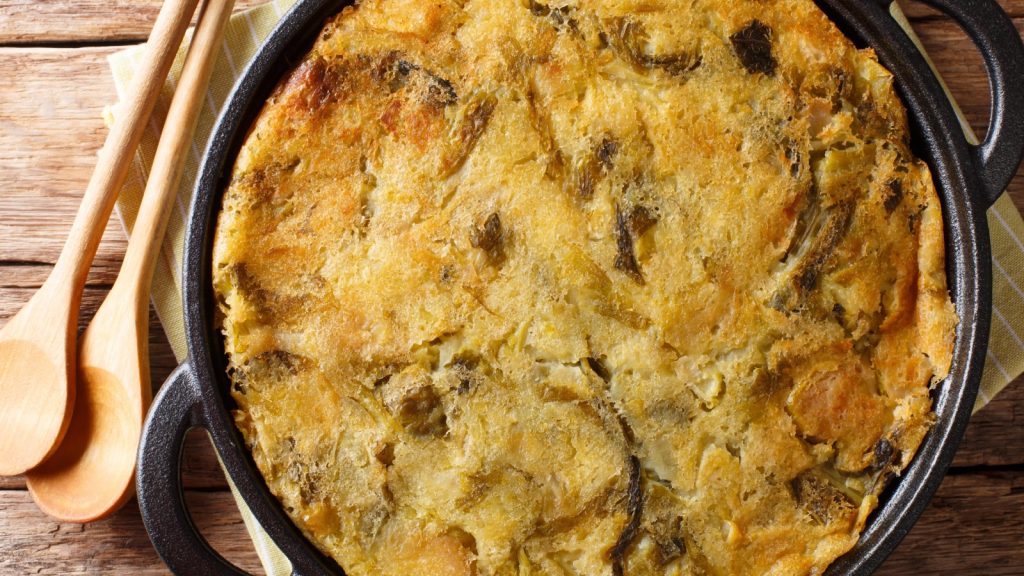
Bubble and Squeak, a dish made from leftover vegetables (usually potato and cabbage) fried together, was a common way to use up Sunday roast leftovers. While still made in some households, it’s no longer as ubiquitous as it once was. To be fair, I still love a bit of bubble and squeak, with lots of spring onion, pepper, and cheese, with a fried egg on the top. Yum!
16 American Foods Brits Can’t Stand
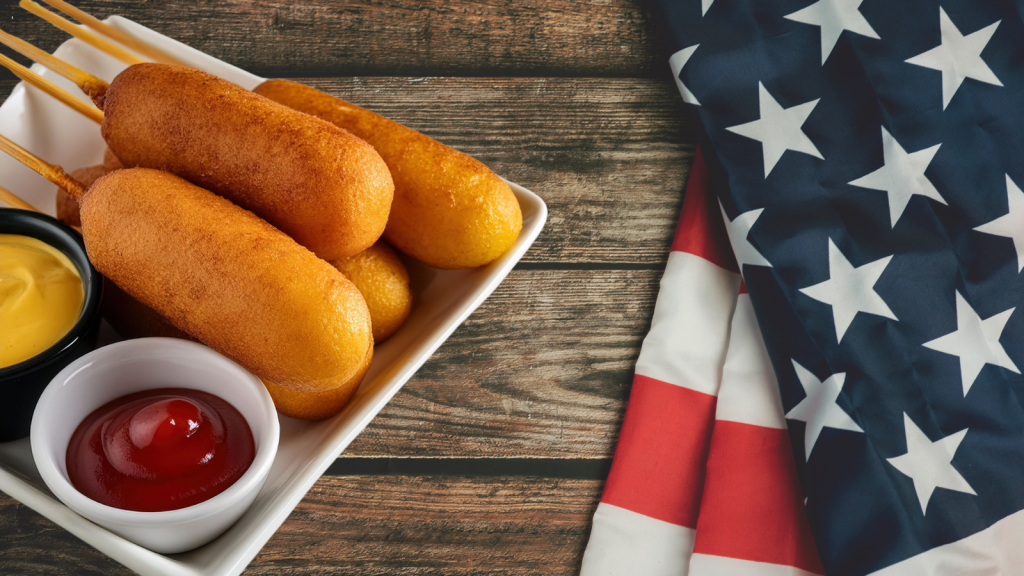
Food preferences can vary wildly across cultures, and what’s considered a delicacy in one country might be seen as downright bizarre in another. This cultural divide is particularly evident when comparing American and British cuisines. While the two nations share a common language, their tastes in food can be worlds apart. From overly sweet concoctions to processed cheese products, there are certain American foods that many Brits find hard to stomach.
Read More: 16 American Foods Brits Can’t Stand
Katy Willis is a writer, master herbalist, master gardener, and certified canine nutritionist who has been writing since 2002. She’s finds joy in learning new and interesting things, and finds history, science, and nature endlessly fascinating.
